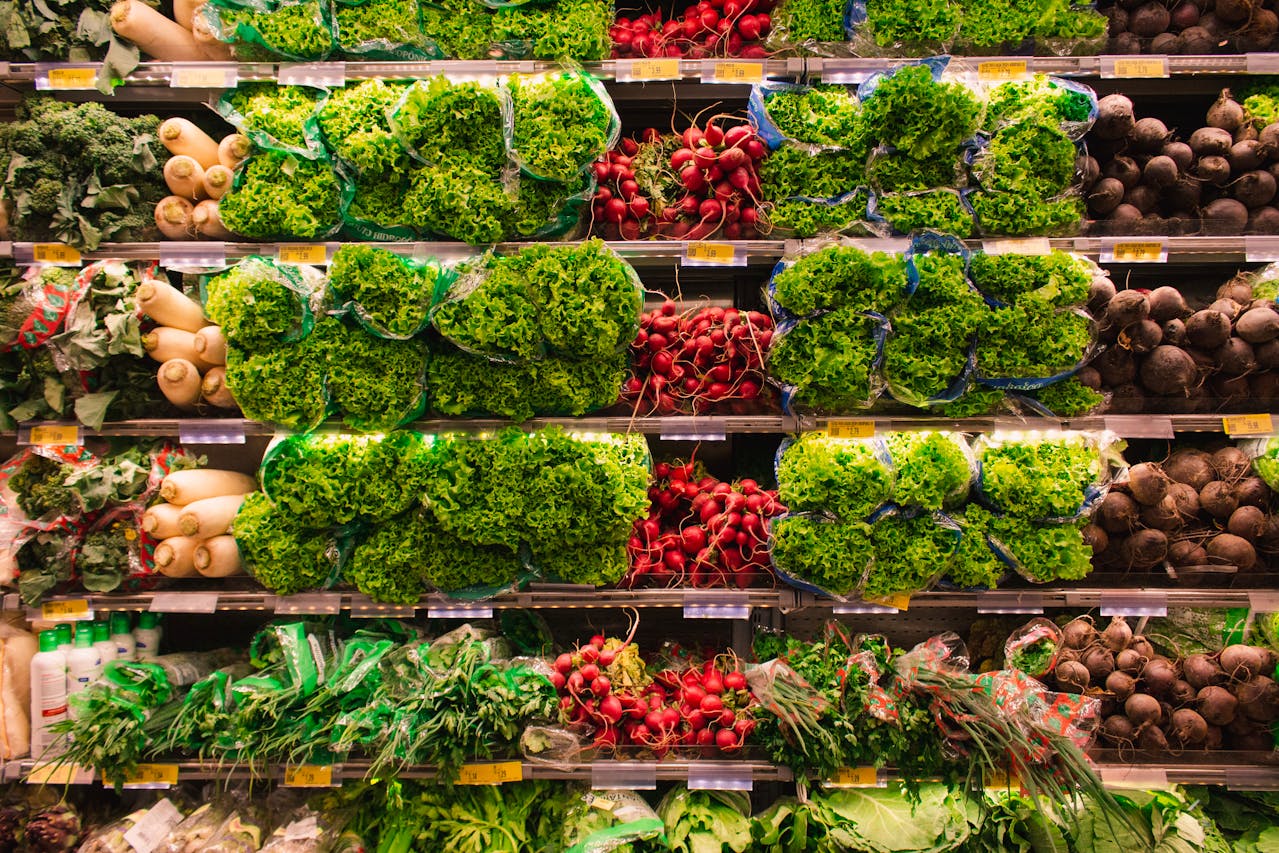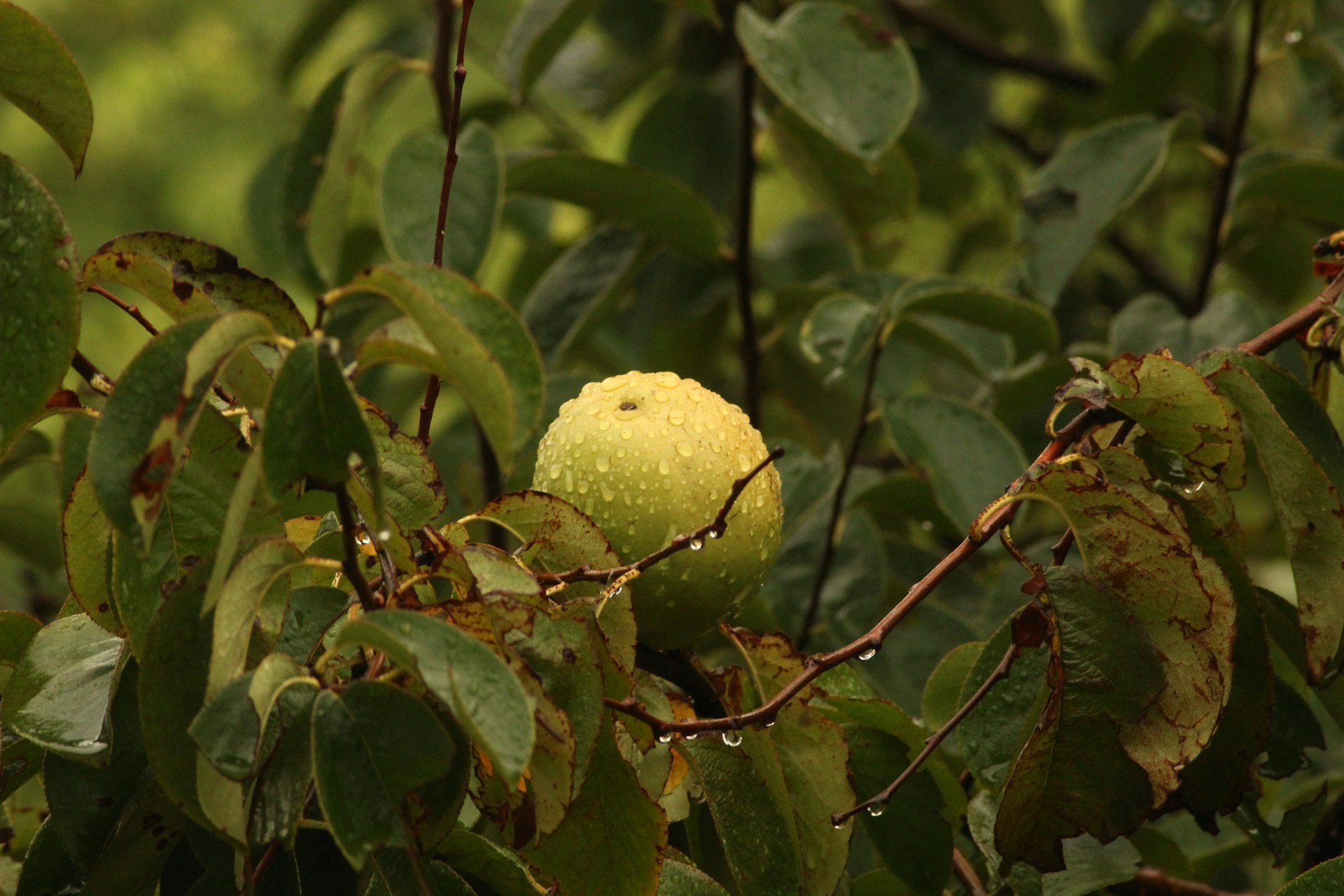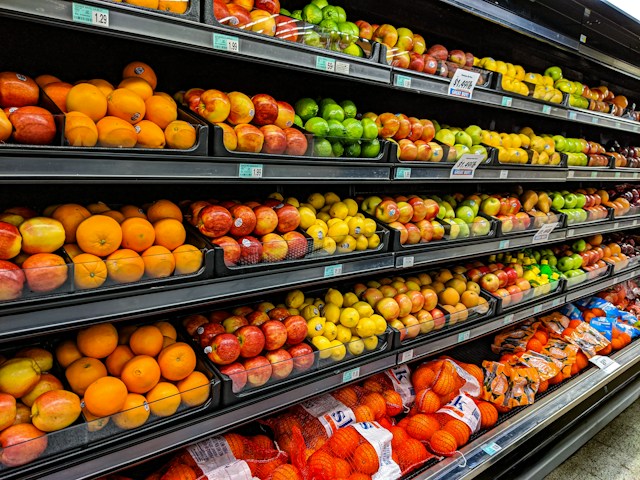Food wastage remains a significant problem in our society and addressing it necessitates an understanding of the entire supply chain.
There is a critical need to delve into the transformation that food undergoes from farm to shelf.
This process involves a multitude of steps and each represents an opportunity for potential wastage.
The objective here is to spotlight the magnitude of the problem, as well as emphasize potential solutions.
In order to make any tangible progress, this issue has to be tackled at every stage, starting from agricultural practices to retail decisions.
This article aims to unpack the complexities, while highlighting strategies help in the diminishing of food waste.
Food Waste Reductions From Farm To Produce Aisle
1. Improved harvesting techniques to reduce crop damage.
Food waste begins where food originates, which is on the farm. Farmers typically have a narrow harvesting window and must therefore seize whatever seasonal opportunities avail themselves to obtain their crop produce.
Traditional harvesting methods, while time-honored and effective in certain instances, often lead to product damage due to carelessness, inefficiency, or mere oversight. Crops such as fruits, vegetables, and grains are particularly susceptible to damage during the harvesting process. This is a consequence of their fragile nature and the mechanical intensity of the harvesting methods often employed.
From bruising to over-ripening, these damages account for an alarming percentage of produce that is billed as waste even before it reaches the consumers. Many of these damages are entirely preventable with the adoption of sustainable farming practices that incorporate improved harvesting techniques.
The use of advanced technologies such as automated harvesters, precision agriculture, and machine learning not only speeds up the harvesting process but also reduces the likelihood of damage to the crops. Automated harvesters, unlike manual labor, are delicate on crops, resulting in minimal bruising and damage.
Advancements in technology have ushered precision agriculture, an approach that utilizes GPS mapping and satellite technology to monitor crop yields, soil levels, and weather patterns to foresee potential problems and mitigate crop damage. This therefore corresponds to reduced waste levels.
Through Machine Learning(ML), farmers can now anticipate and predict the best harvesting time for crops, thus preventing over-ripening and under-maturity, both of which account for significant food wastage annually.
Furthermore, the adoption of technologies such as hydroponics and aeroponics have been instrumental in mitigating the desperate effects of climate change on crops. These technologies are all about increasing the lifespan of crops, particularly those grown out of season and therefore prone to damage before harvest.
There is also the dimension of manual handling which, if not properly performed, could lead to extensive damage to the crops. Training farmers and harvesters on the correct handling of crops is crucial in reducing the food waste that results from poor handling practices.
Moreover, the application of pre-harvest treatments such as the application of edible coatings that form a protective layer around edible produce has shown to protect crops from damage. These coatings shield the crops from physical damage and microbial spoilage.
Admittedly, implementing improved harvesting techniques will require time, training, and capital, and the transition might not be immediate. However, the benefits far outweigh the initial costs and the long-term impact on food waste reduction is significant.
By the same token, the government, policymakers, and stakeholders in the agricultural sector can play a big role in speeding up the transition. Investing in enabling infrastructure, offering training, and incentivizing farmers to adopt improved harvesting methods could fast track the process.
Reducing crop damage through improved harvesting techniques not only benefits farmers through increased yields, it also paves the way towards the achievement of global food security. Furthermore, it will contribute to the United Nations Sustainable Development Goal of responsible consumption and production.
All these considerations make it apparent that the key to reducing food waste lies in the adoption of improved harvesting techniques. Reducing wastage at this initial phase of the supply chain has a ripple effect that leads to waste reduction in areas further down the chain such as transportation, storage, and retail.
2. Optimized transportation for fresh produce preservation
Fruit and vegetables are a critical part of the human diet due to their rich nutrients availability, however, without proper handling during transportation, their quality deteriorates.
This places an increased emphasis on how we transport fresh produce from the farms to the various market destinations.
To achieve reduced food waste, optimized transportation systems need to be employed.
These systems should guarantee maximum preservation of fresh produce, ensuring that they reach the consumer in the best possible condition.
Optimized transportation not only concerns appropriate packaging that protects the produce from physical damage but also the maintenance of suitable environment conditions within the transport vehicle.
This includes proper temperature control because exposure to extreme temperature changes can lead to the rapid deterioration of produce.
Other environmental factors such as the control of humidity and air flow should also be monitored as they greatly influence the shelf-life of fresh produce.
In addition to the environment, transportation methods should be structured to prevent excessive handling of the produce.
Compromised produce is often a result of ineffective loading and offloading procedures that expose the goods to physical injuries.
There’s also the factor of time spent during transit, where longer transportation periods can increase the likelihood of produce spoilage.
Therefore, efficient transportation routes and delivery schedules need to be formulated to minimize the transit time.
It’s also vital to consider the cost effectiveness of these measures.
While maintaining fresh produce quality is paramount, the transportation process should also be affordable to prevent undermining economic viability.
Therefore, implementing an optimized transport system is a complex process that involves balancing between quality preservation and cost-effectiveness.
Various technological advancements can play a big role in achieving this balance.
For instance, the use of real-time monitoring devices that allow tracking of temperature, humidity and physical shocks during transit can improve quality control.
Truly, optimized transportation for fresh produce preservation is a multifaceted approach to reducing food waste.
3. Efficient storage facilities to prolong produce shelf-life.
The prolongation of produce shelf-life is a critical factor in reducing food waste, and this factor is significantly influenced by the efficiency of storage facilities.
Cold storage facilities, for instance, are essential in preserving the freshness and extending the shelf-life of highly perishable goods like fruits and vegetables.
They regulate the temperatures to slow down the ripening process and prevent premature spoilage.
Effectively, these facilities offer a window of time where the produce remains in a marketable condition, reducing the chances of it being thrown away due to spoilage.
Operating such storage facilities demands in-depth knowledge of the specific storage needs of each type of produce, including ideal temperature, humidity levels and air circulation.
For instance, apples are best kept at temperatures of around 30 to 32 Degrees Fahrenheit with 90% humidity levels, while peppers thrive at 45 to 50 Degrees Fahrenheit with a humidity level of 95%.
Failure to adhere to these unique needs may lead to rapid deterioration and increased wastage of the produce.
Moreover, the Location and proximity of these storage facilities to farming areas and markets can also be a factor in prolonging produce shelf-life.
Having them strategically located can minimize the time taken to transport the produce from the farm to the store, slowing down the spoilage cycle.
Incorporating these modern storage facilities requires significant investment and commitment, but the return in terms of reducing waste and enhancing profit is undeniable.
Critical to the operation of these facilities is regular maintenance to ensure they are working optimally and adhering to food safety guidelines.
These routine checks can also point out inefficiencies in the system, allowing for adjustments to be made to increase the facility’s effectiveness in preserving produce.
Enhancements in technology are also opening up avenues for more innovative storage solutions that can further prolong the shelf-life of produce.
For instance, controlled atmosphere storage slows down ripening by reducing oxygen levels, while ethylene scrubbing removes the gas that causes ripening and promotes shelf-life extension.
Overall, efficient and effective storage facilities are a crucial element in the chain of food preservation, one that can significantly contribute to the reduction of food waste from the farm to the produce aisle.
4. Implementing inventory management strategies in stores.
Inventory management plays a critical role in the reduction of food waste.
This entails the systematic approach to sourcing, storing, and selling fresh produce in grocery stores.
With an effective inventory management system, stores can ensure the optimal rotation of stock, consequently reducing food waste.
By methodically managing produce inventory, grocery stores have the capacity to significantly lessen the amount of waste accrued.
This includes the implementation of a first in, first out approach to product display.
Such an approach necessitates the selling of older items before newer ones, minimizing the possibility of spoilage.
Moreover, by keeping a detailed record of the inventory, stores can track which produce are likely to spoil soon and adjust their displays accordingly.
The role of technological innovation is also pivotal in inventory management.
A state-of-the-art inventory system using mobile apps and digital freshness sensors can provide real-time tracking of product freshness and facilitate swift decision-making.
Inventory overstocking is another facet of food waste that can be mitigated through effective management strategies.
Through astute procurement practices, stores can predict the amount of produce necessary to satisfy customer demand without excess.
It is equally important to manage product returns effectively as they often lead to food wastage.
Returned items should be restocked promptly and mistreated produce should be removed from the shelves immediately.
Furthermore, grocery stores could establish a clear-cut procedure for damaged or near-expiry goods.
Discounted sales, donations to food banks, or offering such items to employees can prevent significant food waste.
Lastly, training staff on waste-conscious handling of fresh produce can reinforce inventory management strategies.
These practices, when implemented effectively, are bound to create a sustainable reduction in food waste from farm to produce aisle.
5. Promoting ugly produce to combat aesthetic wastage
One emerging strategy to reduce food waste is promoting the use of ugly produce – fruits and vegetables that may be slightly misshapen or have minor blemishes but are perfectly safe and nutritious to eat.
Historically, much of the produce that doesn’t meet strict cosmetic standards in super markets has ended up being wasted, even though it’s just as edible as its more aesthetically-pleasing counterparts.
This creates a massive amount of waste, particularly because the rejection of this produce often happens at the farm level, before the produce even has a chance to get to grocery store shelves.
However, there’s been a growing movement in recent years that’s seeking to change this perception and promote the acceptance and consumption of ugly produce.
Companies like Imperfect Foods and Misfits Market are pioneering this movement, offering subscription box services that deliver a variety of ugly fruits and vegetables directly to consumers’ doors.
This not only helps to reduce food waste, but also provides a market for farmers who would otherwise have to discard these products.
There are even some grocery chains that have started to sell ugly produce at a discounted price, in an effort to encourage consumers to buy these items.
However, to really make a significant impact on food waste, there needs to be a shift in public perception.
Consumers need to understand that these ugly fruits and vegetables are just as good to eat as their perfect counterparts, and that buying them can actually help to significantly reduce food waste.
Education is a vital step in this process.
Consumers need to be educated not only about the significant impact that food waste has on the environment, but also about the fact that ugly produce is perfectly safe to eat and can be just as delicious as the aesthetically pleasing alternatives.
Companies, farmers, and advocacy groups can play an important role in this area by highlighting the benefits of ugly produce and working to change the perception surrounding it.
By making ugly produce more mainstream, we can combat aesthetic wastage and make a significant impact on reducing food waste from farm to store.
This will not only benefit the environment, but also help farmers who are often the ones bearing the brunt of this waste, and the consumers who will have access to healthy, nutritious food at a cheaper price.
It’s a win-win situation for everyone involved, and an important step towards a more sustainable food system.
The Bottom Line
Overall, through the implementation of improved harvesting strategies, optimized transport methods, and efficient storage facilities, we can significantly decrease crop damage and extend the longevity of fresh produce.
Additionally, the application of inventory management strategies in stores maximizes product turnover, further minimizing wastage.
A cultural shift towards embracing “ugly” produce will also combat wastage stemming from aesthetic preferences.
With these concerted efforts, we can actively combat food waste, enhance agricultural sustainability, and work towards a more responsible and equal food distribution worldwide.




